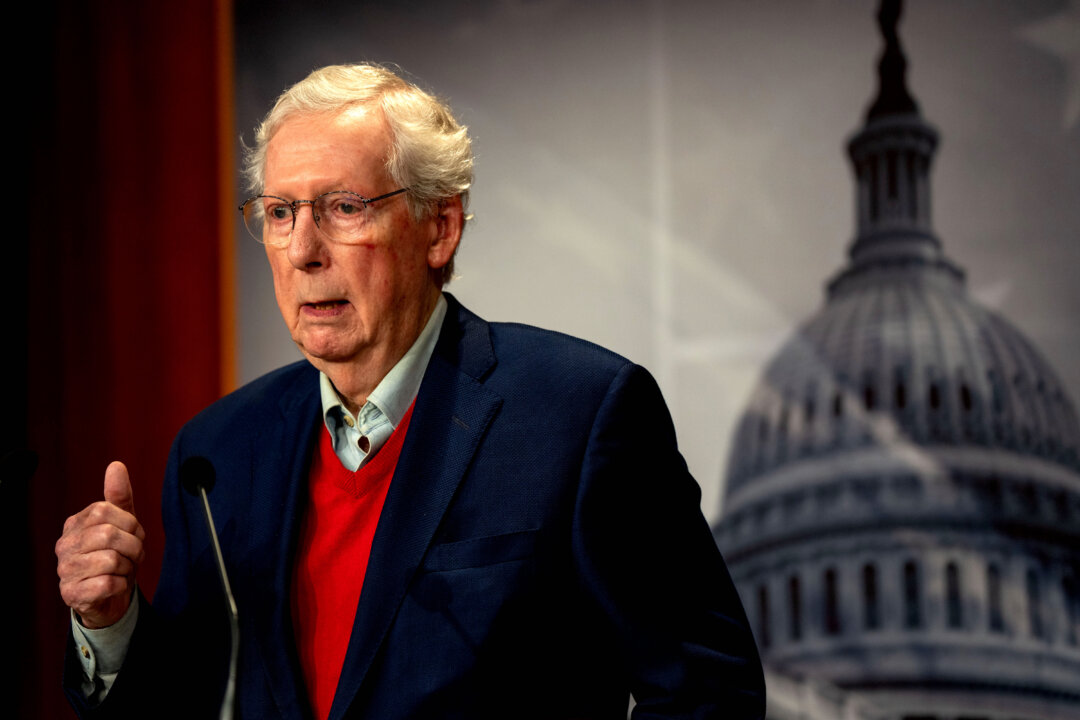
THE FREEWAY Cars and trucks, trucks and cars. Do you get the idea that each day there are more vehicles on our roads than before? Your idea is correct. There are nearly 26 million registered vehicles in Texas.
In 2016, there were around 8.2 million. There are more people, too.
Texas adds more than a thousand residents every single day. In 2022, almost half of the growth was due to people moving from other states to Texas. About a quarter was because of people from other countries moving here; only another quarter was due to the natural increase, which was births minus deaths.
We have 254 counties in Texas, more than any other state (Delaware has three), and our population is growing faster than any of the lesser 49. But this huge growth is uneven. Why should you care? Because you might want to move there, or not.
You would like to expand your beekeeping business or open a tuba repair shop. But where? Fortunately, the Texas Demographic Center, or TDC, has just released an up-to-date report. Texas’ population now stands at almost 31 million, but it’s early in the day.
(I’m rounding off the stats.) Newcomers are moving to what demographers and researchers refer to as The Texas Triangle — Dallas-Fort Worth, Houston and San Antonio-Austin. The Triangle is home to 68 percent of Texans.
According to the TDC, six of the top 10 U.S. counties with the largest population growth are in Texas: Harris, Collin, Denton, Fort Bend, Bexar and Montgomery.
Other suburbs of our big cities are booming, too. These counties are Kaufman, Rockwell, Parker, Comal and Chambers. Fort Bend County has a greater population than Denver.
Montgomery County has more people than Seattle. Meanwhile, vast parts of Texas are actually losing population. At least half of the 254 counties have lost their population in recent years.
According to the TDC, just between 2022 and 2023, 75 of the state’s counties shrank in population. Take, for instance, Kenedy County. It’s between Corpus Christi and Brownsville.
As of the 2020 census, its population was 350, but it has lost almost 1 percent of its folks — six. Borden County lost 8 percent — 49 people. The biggest loser percentagewise? Between 2021 and 2022 the population of Lone Star County in upper East Texas declined from 1,798 to 1,653, an 8.
06 percent decrease. Jefferson County (the Beaumont-Port Arthur area) lost 3,285 Jeffersonians, or 1.3 percent.
Maybe it’s because Port Arthur is ranked one of the worst small cities in the nation, according to a new ranking from WalletHub, a personal finance website. Bug off, WalletHub. I like Port Arthur.
My wife came from there. I got married in PA. It’s a nice place — at low tide.
The most populous counties in Texas? The usual suspects: Harris County with 4,835,125, Dallas County at 2,606,358 (not-so-Big D only has a bit more than half the number of folks who live in Harris), Tarrant County (Fort Worth) with 2,182,947, Bexar County (San Antonio) at 2,087,679 and Travis County (Austin) with 1,334,961. On the flip side we have Loving County on the New Mexico border. It is the least populous county in the U.
S. Alas, Loving County now has only 51 people, a decrease of 12 or 20.3 percent in one year.
(Wouldn’t that, percentagewise, put it ahead of Lone Star?) An interesting point: In the 2020 Census, Loving had 64 people of all ages. Even so, in that year’s presidential election, Donald Trump got 60 votes to Joe Biden’s four. Maybe Loving has only adults.
We don’t have the 2024 voter total, but it is clear that’s why Trump swept into the White House. All these people movements means a change in our congressional districts. District 23, for instance, is losing population so that it goes from just east of El Paso practically to the streets of Laredo.
The 13th District covers from the Oklahoma border of the Panhandle to the Dallas suburb of Denton. The 28th District spreads from south of New Braunfels to the Mexican border. The greater Houston area has six congressional districts.
Thanks to gerrymandering, those districts look like a Rorschach test. With a growing population of 7.5 million in the nine-county Houston metropolitan area, we have more people than 36 different states.
Throw in Puerto Rico and Washington, D.C., and that makes it 38.
So if you think that half the people in St. Louis and Cincinnati have moved here, you could be right..














